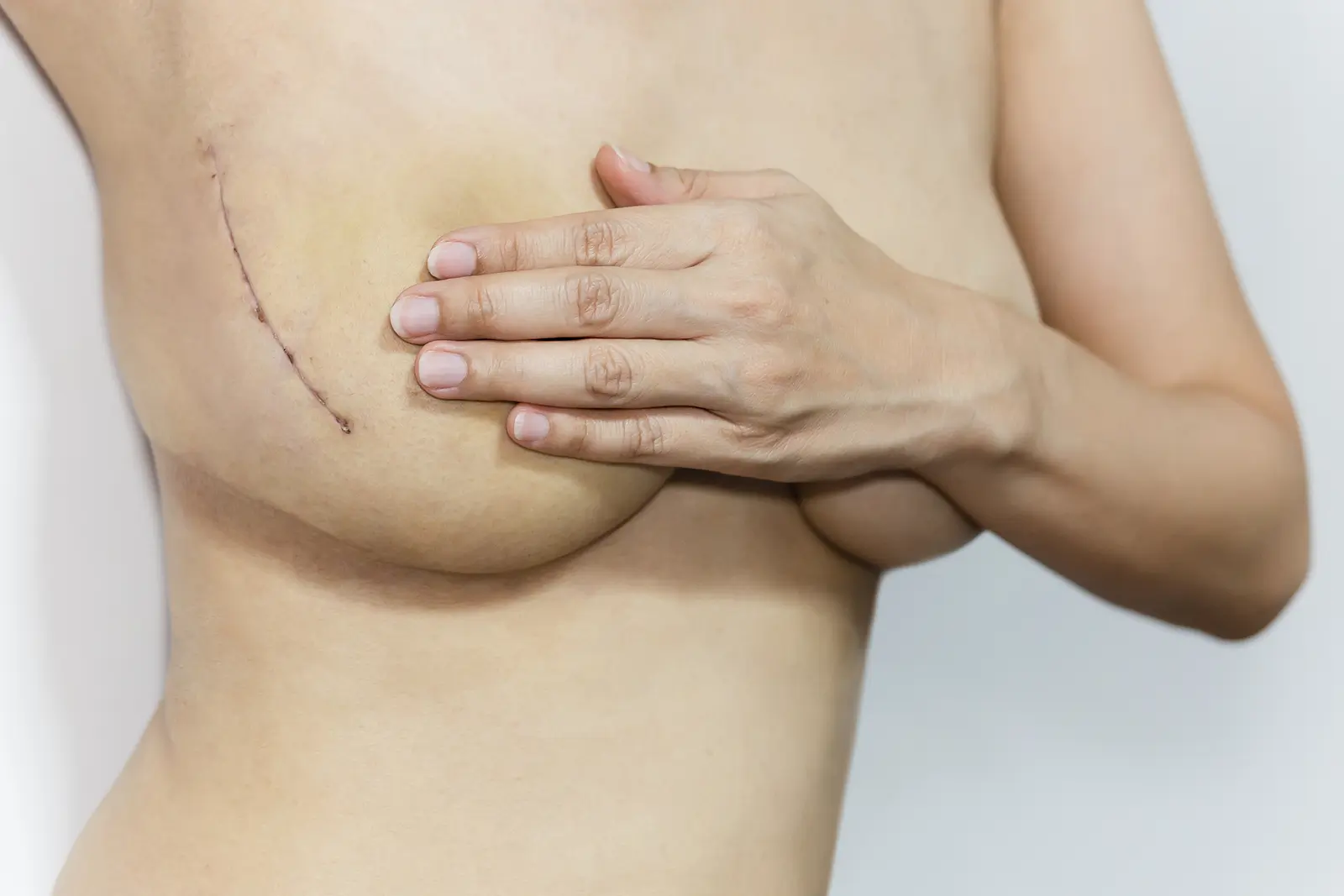
Scarring isn’t always visible through clothing but stays strongly visible to the person.
Some women notice scars more during quiet moments rather than in front of mirrors.
Scars may fade in color but stay as textural reminders across the skin.
While others see healed skin, the individual may still sense the incision with every movement.
This internal awareness is often stronger than what others observe.
Tight bras, physical activity, or weather changes may enhance that sensitivity over time.
The skin heals differently on every body, making each recovery unique.
Even symmetrical procedures may result in uneven scar appearances later on.
Scar patterns depend largely on the specific technique used during surgery
Scar patterns depend largely on the specific technique used during surgery.
Breast reduction, reconstruction, or augmentation each create different incision designs.
Surgeons may choose inframammary, periareolar, or anchor-shaped incisions based on the case.
Each cut heals differently depending on tension, pressure, and post-op care.
Placement under the breast fold may hide the scar better but still cause irritation.
Areolar incisions may be discreet but have higher pigmentation risks in some skin types.
Some scars stretch or darken over time, while others flatten and soften quickly.
Technique matters—but personal healing traits often have the final say.
Healing time is influenced by genetics, tension, skin type, and moisture balance
Healing time is influenced by genetics, tension, skin type, and moisture balance.
Scars mature through phases—starting red and raised, then fading and flattening over months.
Keloids and hypertrophic scars appear when collagen overproduces during healing.
These can itch, burn, or thicken without warning, especially in genetically prone individuals.
Dark skin tones may scar differently than lighter ones due to pigment concentration.
Excess movement or poor support bras can pull at incision lines, delaying recovery.
Dry or cracked skin also interferes with tissue regeneration at scar borders.
Even small incisions need attention to prevent lasting irregular textures.
Silicone sheets and gels remain top choices for reducing scar elevation and redness
Silicone sheets and gels remain top choices for reducing scar elevation and redness.
They help regulate hydration levels and flatten overgrown collagen.
These products require consistent daily use over several weeks for visible improvement.
Many women apply silicone before bed, covering the scar until morning.
Medical-grade sheets are preferred over cosmetic versions sold in general stores.
Results vary depending on how early treatment begins in the healing timeline.
Old scars respond slower, but long-term application may still yield smoother texture.
No over-the-counter solution works instantly—scar management requires patient repetition.
Not all laser treatments are designed for raised or pigmented surgical scars
Not all laser treatments are designed for raised or pigmented surgical scars.
Some lasers target surface redness while others break down fibrotic tissue.
Choosing the wrong laser type can worsen texture or trigger pigment imbalance.
Fractional CO2 and pulsed dye lasers are most often recommended post-breast surgery.
These should only be performed by medical professionals familiar with surgical scarring.
Lasers don’t erase scars—they reduce contrast and make them less noticeable.
Sessions may require downtime and sun protection afterward.
Cost and discomfort also vary widely between different systems.
Pressure garments are sometimes used to improve scar texture and reduce thickness
Pressure garments are sometimes used to improve scar texture and reduce thickness.
They compress the healing tissue to limit collagen overgrowth.
These are more common in burn recovery but occasionally recommended after breast surgery.
Wearing them continuously for weeks can improve scar flattening.
They must be properly fitted to avoid cutting circulation or causing skin breakdown.
Some surgeons offer tailored bras with mild compression panels for scar prevention.
Used too late, pressure therapy becomes less effective.
Timing and consistency are crucial for this method to yield results.
Massage can increase circulation and soften scar tissue in certain healing phases
Massage can increase circulation and soften scar tissue in certain healing phases.
When done too early, it can stretch incisions or cause bleeding.
Around three to four weeks post-op, gentle pressure may help reduce stiffness.
Circular motions using vitamin-rich oils or scar creams can relax the skin.
Massaging twice daily often helps restore elasticity and break fibrous bands.
Your surgeon should guide you on when to begin and how much pressure to apply.
Avoid massaging raised scars aggressively without supervision.
Overdoing it may worsen the appearance rather than helping.
Emotional reactions to scars differ greatly from one person to another
Emotional reactions to scars differ greatly from one person to another.
Some accept them quickly as symbols of strength or survival.
Others struggle silently, feeling self-conscious about body changes.
Scars may interrupt intimacy or lower self-worth in subtle ways.
Even with smooth recovery, some women still feel foreign in their altered body.
Therapy, support groups, or honest conversations help process those feelings.
Surgeons are increasingly aware of these emotional layers in follow-up care.
Scars aren’t just physical—they live in how people perceive their own reflection.
Tattooing is an option for disguising or blending breast surgery scars
Tattooing is an option for disguising or blending breast surgery scars.
Areola restoration is especially common after mastectomy or reconstruction.
Micropigmentation can camouflage lighter scars into surrounding skin tone.
Tattoo artists specializing in medical aesthetics offer custom designs or blending work.
Healing must be complete before tattooing to prevent ink distortion.
These tattoos may fade or require touch-ups over time.
While not for everyone, they offer a sense of closure for some.
It’s essential to choose trained professionals who understand scarred skin behavior.
Surgical scar revision may be considered for complex or highly visible cases
Surgical scar revision may be considered for complex or highly visible cases.
This involves removing the old scar and rejoining the skin with improved closure technique.
It’s not guaranteed to make the scar disappear—but it can refine its appearance.
The new incision follows natural lines or folds for better blending.
Revision is often done under local anesthesia in minor cases.
It’s usually the last option after topical and laser treatments have failed.
Surgeons weigh risks carefully, especially with thin or fragile skin.
Patients should have realistic expectations about the outcomes.
